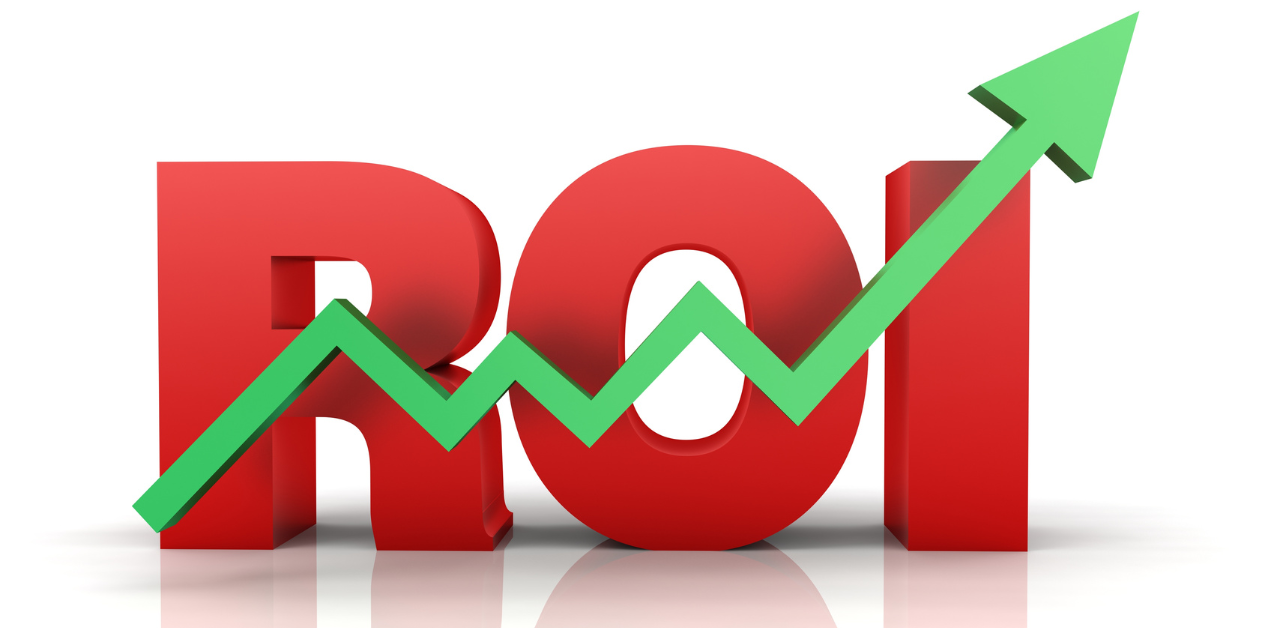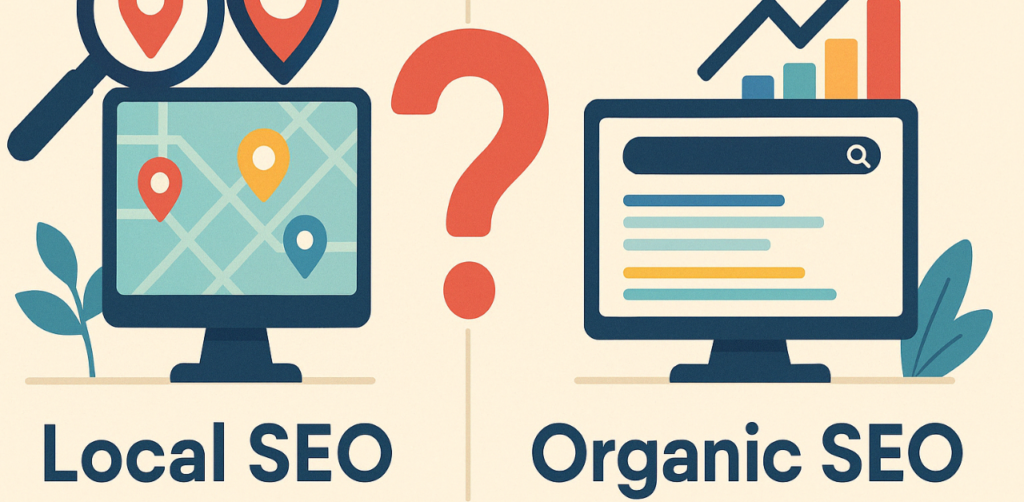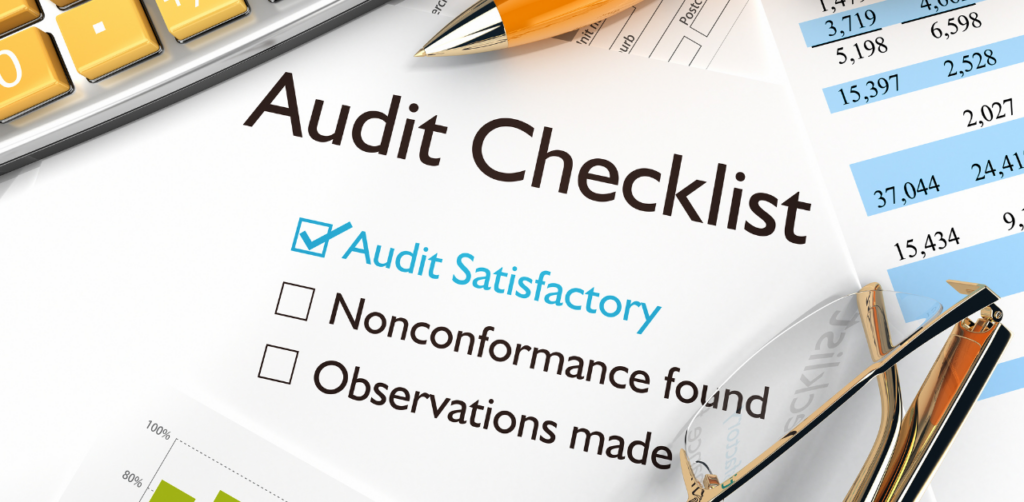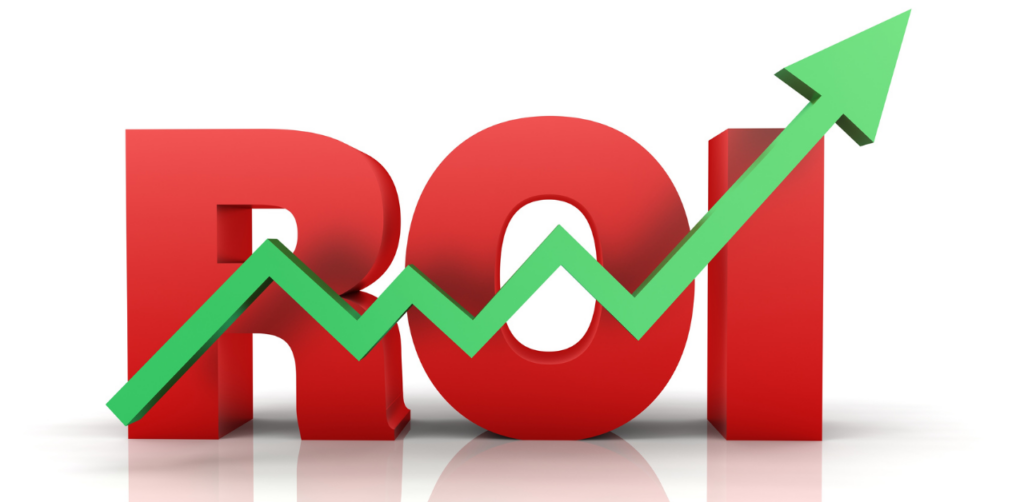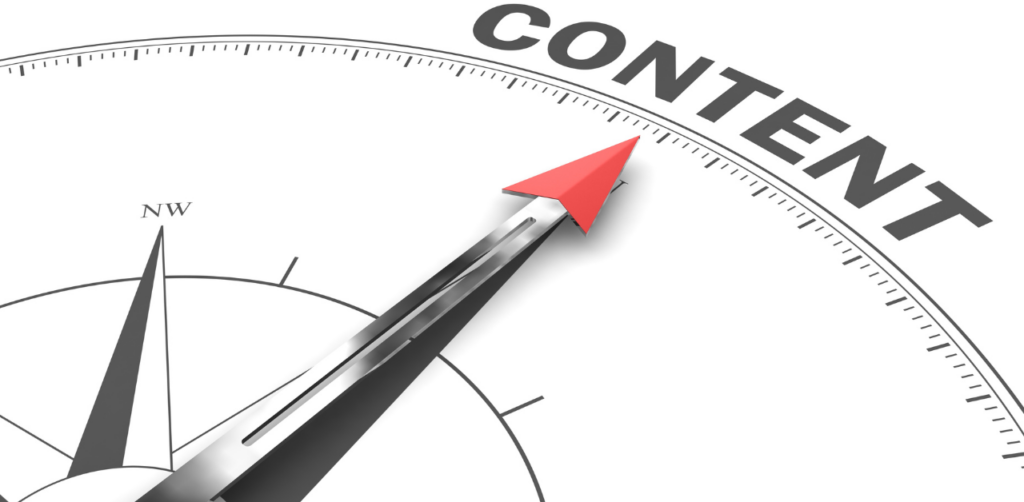Most people measure outreach success by response rates alone. A campaign can also have a huge impact—even if inboxes stay quiet. So, how do you measure that?
You need to track engagement beyond email responses to get the full picture. Think about social media engagement, website traffic, event attendance, and donor retention. Are people clicking links? Signing up? Making purchases? These outreach metrics tell a deeper story about your marketing efforts.
With the correct data—Google Analytics, social listening tools, and post-event surveys—you can calculate ROI in ways that reflect success. Whether tracking conversion rates, measuring event ROI, or analyzing cost-benefit data, looking at the bigger picture helps maximize ROI and make informed decisions for future outreach campaigns.
In this guide, we’ll break down the outreach performance metrics that matter, how to calculate engagement rates, and why response rates are just one piece of the puzzle.
Metrics for Comprehensive Outreach ROI Analysis
Assessing the true impact of outreach efforts goes beyond surface-level engagement. To gauge return on investment (ROI) effectively, organizations must focus on three critical metrics: conversion rate, quality of acquired leads, and cost per acquisition (CPA).
Conversion Rate
The conversion rate is a vital metric that indicates the success of outreach campaigns in getting recipients to complete desired actions, such as making donations or attending events. It reflects the effectiveness of your outreach tactics in prompting these actions.
Calculate the conversion rate by dividing the number of successful actions by the total number of responses. For instance, if 30 out of 80 people take the desired action, the conversion rate is 37.5%. Monitoring conversion rates helps you identify which outreach methods are most effective and where improvements are needed.
The number of asks in your outreach impacts conversion rates. While more asks often lead to higher rates, they must be balanced against the risk of overwhelming recipients. Tracking the email click-through rate helps determine the effectiveness of outreach links, influencing conversion rates.
Quality of Acquired Leads
Evaluating the quality of acquired leads is essential for understanding the long-term impact of your outreach efforts. High-quality leads are more likely to convert and provide ongoing value to your organization.
Donor Lifetime Value (DLV) helps quantify the projected value of leads by considering average donation amounts and frequency. High donor retention rates indicate successful engagement and suggest that leads will likely contribute over time. Effective lead generation strategies ensure that your outreach efforts attract high-quality leads with potential for conversion.
Enhancing donor retention rates alongside acquisition rates maintains a valuable donor pool. By focusing on both the quality and quantity of leads, you can improve the overall effectiveness of your outreach efforts and achieve better fundraising outcomes.
Cost per Acquisition (CPA)
Cost per Acquisition (CPA) assesses the financial efficiency of attracting new customers. For example, if the total costs to acquire new donors are $2,000 and you gain 50 new donors, the CPA would be calculated as $2,000 / 50 = $40 per new donor. A CPA result greater than 1 indicates a net loss, while a result less than 1 signifies more revenue than expenses. A CPA result of 1 means that expenses equal the revenue generated, suggesting no profit.
Regularly monitoring CPA identifies areas for cost reduction and efficiency improvements. This leads to more successful and cost-effective outreach campaigns.
Tracking Engagement Metrics

Tracking engagement metrics is a must to understand the success of outreach efforts. It’s not just about counting responses—it’s about measuring how people interact with your content and take action.
1. Social Media Engagement
Social media platforms provide insights into likes, shares, comments, and click-through rates. These numbers show how well your message resonates with your audience. Tools like Google Analytics and social listening tools help track engagement rates over a specific period.
2. Website and Email Metrics
Track how many users visit landing pages, fill out forms, or open emails. Metrics like conversion, click-through, and bounce rates give deeper insights into outreach performance.
3. Event Engagement
If outreach involves events, measure attendee engagement through session participation, ticket sales, on-site purchases, and event apps. Post-event surveys and feedback forms help measure attendee satisfaction and event success.
4. Lead Generation and Retention
Lead generation efforts should track how many potential customers turn into actual buyers. Donor retention rate and customer lifetime value help measure long-term success beyond initial conversions.
Leveraging Technology for Accurate ROI Measurement

Manual tracking can be a headache, but technology makes it easier to measure outreach metrics and analyze results.
- Google Analytics for Digital Outreach: Google Analytics helps track website traffic, event registration data, and online giving pages. It shows where visitors come from, how they interact, and how many convert into leads or sales.
- CRM and Marketing Automation Tools: Customer relationship management (CRM) systems track lead generation, customer lifetime value, and maintaining relationships with prospects. Marketing automation platforms measure email outreach campaigns, engagement, and conversion rates.
- Event Apps and Digital Tools: For event ROI analysis, event apps collect data on session participation, feedback forms, and attendee satisfaction. Social media listening tools measure brand visibility and media coverage during and after an event.
- AI and Predictive Analytics: AI-powered tools analyze past outreach performance to predict future success. They identify which
Enhancing Outreach Strategies for Better ROI
A well-planned outreach campaign drives better engagement and higher returns. Here’s how to refine your outreach marketing strategy for maximum impact.
- Focus on Audience Targeting: Know who you’re reaching out to. Use data collection methods to segment audiences by interests, demographics, and behaviors. Personalization improves response rates and conversion rates.
- Optimize Communication Channels: Different platforms yield different results. Test email campaigns, social media platforms, and paid ads to see which channels drive the most engagement.
- Improve Event Marketing Efforts: For event success, track registration data, ticket sales, and session participation. Measure event ROI using post-event surveys and attendee engagement data.
- Use A/B Testing: Test subject lines, messaging styles, and calls to action to see what resonates best with your audience. Small tweaks can make a significant impact on click-through rates and conversions.
- Track Long-Term Impact: Short-term results matter, but so does long-term impact. Measure customer lifetime value, donor retention rates, and brand recognition to see how well outreach efforts contribute to business deals and maintaining relationships.
Common Mistakes to Avoid in Outreach Campaigns
Even the best outreach efforts can fail due to common mistakes. Avoid these pitfalls to improve ROI and engagement rates.
- Failing to track key metrics like click-through rates, engagement rates, and conversion rates makes it impossible to measure success. Use tools like Google Analytics to track performance.
- Not all audiences respond the same way. A younger crowd may engage more on social media, while business professionals may prefer email or LinkedIn outreach.
- Generic outreach messages often get ignored. Customize emails, ads, and social media content based on past interactions and audience behavior.
- If you run events, you must measure event ROI. Track event attendance, session participation, and feedback forms to gain insights into what worked and what didn’t.
- Outreach doesn’t end with a response. Maintain relationships through follow-up emails, loyalty programs, and customer retention strategies.
Tracking Outreach Success with the Help of Outreach Specialists
A well-rounded approach considers multiple outreach metrics, from engagement rates and lead generation efforts to event attendance and conversion rates. By tracking key performance indicators across social media platforms, digital marketing campaigns, and in-person outreach methods, businesses can gain insights into what works and what needs improvement.
At Web Search Marketing, our outreach specialists help businesses effectively track their marketing efforts, measure engagement, and improve outreach campaigns. If you’re looking to refine your outreach strategy and improve ROI analysis, book a consultation today. Let’s turn your outreach efforts into measurable business success.
